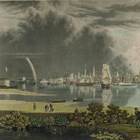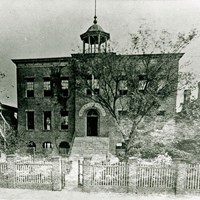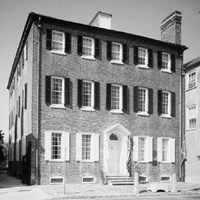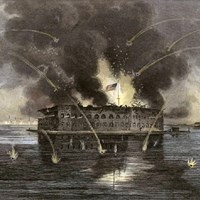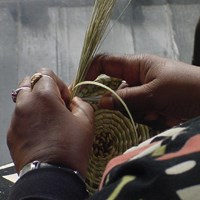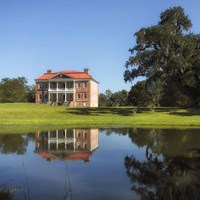Spend a day exploring the sites of historic Charleston on land and at sea! Founded in 1670, the city played an important role in the American Revolution, in the Civil War, and in the Civil Rights Movement. Discover the stories of influential figures in Charleston and how they changed history. Learn about how different groups navigated the complexities of Charleston society from the city’s settlement up through the present.
This travel itinerary offers opportunities for adventure in the great outdoors - from walking tours of historic neighborhoods to a boat ride to Fort Sumter. There are plenty of indoor options as well, including a visit to Charleston Museum or the Avery Research Center.
Whether by car, boat, or on foot, discover the historic sites of Charleston.
Travel more of Charleston or learn about our diverse heritage by visiting Telling All Americans' Stories.
The content for this Trip Idea was researched and written by Dr. Katherine Crawford-Lackey.

